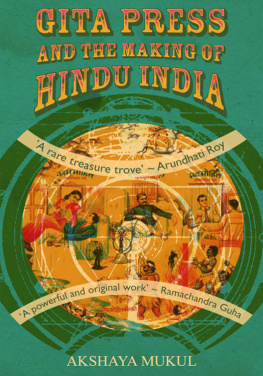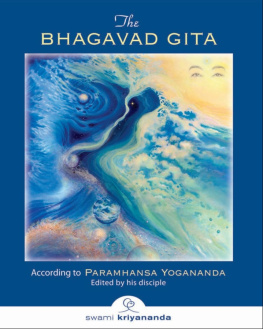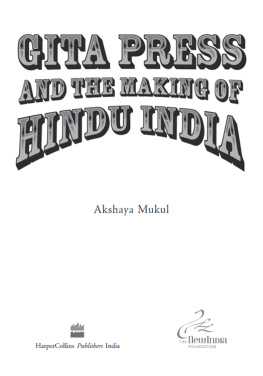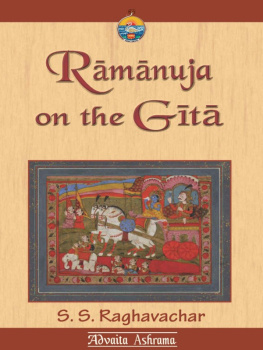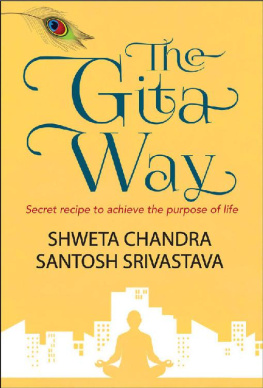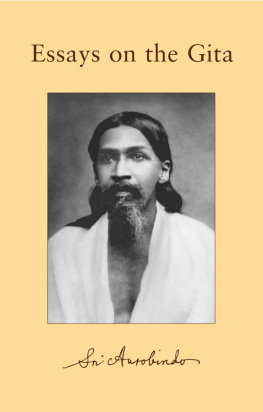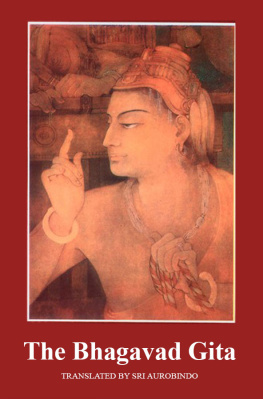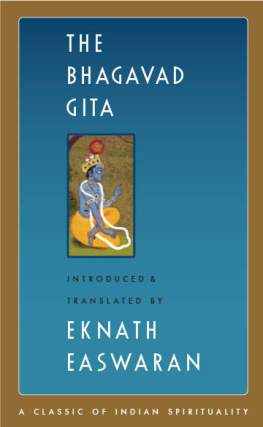Jaydayal Goyandka was an itinerant Marwari businessman based in Bankura, Bengal. A trader in cotton, kerosene oil, textiles and utensils, his work took him to small towns like Chakradharpur (now in Jharkhand) and Sitamarhi in Bihar, and occasionally to Kharagpur and Calcutta. Goyandka had earned a reputation for honesty, offering sahi bhav (right price) and sahi taul (right weight). After business hours he exchanged his ledgers for the Gita, either reading or discussing the text. Over the long years of travel he had formed groups of friends in these towns, mostly other businessmen, who joined him in satsangs (religious congregations). With time these groups expanded; the biggest was in Calcutta where meetings were held at first in the houses of Goyandkas friends and then in an open space behind the fort near Eden Gardens. Soon, even this became too small, so the group rented a place in Banstalla Street and named it Gobind Bhawan. The year was 1922.
Gobind Bhawan became Goyandkas new home in Calcutta. He was fast losing interest in business, keen instead on developing a network of Gita discussion groups, having transformed himself into some kind of an expert whose expositions were praised in Calcutta. What he and his fellow satsangis missed was an authentic translation of the Gita along with a faithful commentary. Gobind Bhawan bankrolled the publication of two editions of the Gita running into 11,000 copies from Vanik Press of Calcutta, but the outcome was considered unsatisfactory, in terms of scholarship as well as production values.
After much deliberation, the group decided to set up its own publishing house, a kind of religious entrepreneurship born out of the desire to produce a definitive version of Goyandkas favourite religious text. Ghanshyamdas Jalan, a businessman from Gorakhpur, who was a friend and also distantly related to Goyandka, suggested that the proposed press be set up in his town. He offered to run the press along with his business partner Mahavir Prasad Poddar. Jalan rented a small house for the press and hired Sabhapati Mishra as the lone employee whose job would be to distribute free copies of the Gita in nearby villages and among children. The manuscript of the text was being sent in batches from Calcutta. By April 1923 Gita Press was ready to print its first translation of the Gita with commentary, on a hand press bought for Rs 600.
But it was only in 1926 that Gita Press truly came to life as a serious player in the fast-emerging Hindi publishing world of the early twentieth century. The seeds of its development into the most successful religious-genre publishing house were sown, not by Goyandka and his associates concern for one religious text, but by an acrimonious debate between reformists and conservatives in the larger Hindu world.
The occasion was the eighth annual conference of the All India Marwari Aggarwal Mahasabha, one of the communitys most influential organizations, held in the oppressive Delhi heat of MarchApril 1926. Here, leading industrialist Ghanshyam Das Birla expressed his strong disagreement with Atmaram Khemkas speech extolling the virtues of sanatan Hindu dharma (the eternal form of the Hindu religion believed to have existed from time immemorial) as being central to Indias salvation. Birla, a devout follower of Mahatma Gandhi, suggested that such views would be better articulated through a journal devoted to the subject rather than at a meeting of a community organization. Birlas off-the-cuff remark led to the start of a new era in religious publishing that would lend weight to the then nascent conflation of Hinduism and Indian nationalism.
The Marwari Aggarwal Mahasabha was headed by Birlas fellow industrialist Jamnalal Bajaj, with Khemka as secretary of the reception committee. As it turned out, Khemkas speech was itself a rebuttal of Bajajs highly progressive presidential address in which he had asked the Marwari community to turn its gaze inwards and change with the times. Bajaj, like Birla, a convert to Gandhian principles, raised social issues that most members of the community found unpalatable: inter-caste marriage, expressing concern over the extravagance of marriage celebrations, arguing against the practice of financial speculation, condemning child marriage and asking Marwari women to give up their traditional dress and jewellery. He was scathing in his criticism of the business practices of the Marwaris and their lack of concern for the wider society.
Khemkas response stressed the relevance of traditional Hindu values to the making of an eternal Indian culture. It soon became public that Khemkas speech-writer was Hanuman Prasad Poddar, Birlas friend from the days of their youth and a fellow participant in the Rodda Arms Conspiracy. A rising star of the Marwari world in Bombay, Poddar was equally at ease with Gandhi and with the Hindu Mahasabha, which had been set up in 1915 during Haridwar Kumbh mela (fair) as a body to safeguard Hindu interests. Successive failures in business had not dented his image in a community where commerce took precedence over everything.
Poddar had carved a niche for himself as a man of religion, holding satsangs on the Gita, Ramayana and other religious texts. After meeting Jaydayal Goyandka (also a distant cousin), first in Calcutta and later in Bombay, Poddar began to consider him a mentor, and taking his advice became a full-time kathavachak (preacher of sacred texts) fully immersed in the world of religion and sacred Hindu texts. All the while, Poddar stayed connected to the Hindu Mahasabha, his political alma mater, where he cut his teeth in militant Hindu nationalism.
Poddars belief system would have a bearing on the character and content of the journal Kalyan, conceived by Goyandka and other senior members of the Marwari Aggarwal Mahasabha to turn Birlas challenge into a reality. Thus, two entities were born in the span of three years: Gita Press, the publishing house in 1923, and Kalyan, the monthly journal in 1926. Both were under the overall control of Gobind Bhawan Karyalaya in Calcutta, an institution managed by Goyandka.
The birth and eventual success of Gita Press/ Kalyan can be better understood through three distinctive but inextricably woven factors. One was the consolidation of Hindi at the end of the nineteenth and beginning of the twentieth century as the language of Hindus, and the rapid growth of its public sphere in which journals, newspapers, publishing houses and public figures played an important rolewith the colonial state keeping a sharp watch through its widespread machinery of informants and tough laws. Two, Gita Press/Kalyan was a Marwari enterprise with a difference, where profit took the back seat. At the forefront was religious philanthropy in the name of saving sanatan Hindu dharmaan obscurantist version of it. In terms of ambition, it was a grand enterprise, unlike anything the Hindi literary world had witnessed till then or would see in the future.
Three, and most important, the 1920s was a period of competing political communalism between Hindus and Muslims. The entire nationalism debate was getting vitiated by religious schisms, exacerbated by a series of communal riots on the issue of cow protection throughout the Hindi heartland of the United Provinces and Bihar. Congress leaders like Madan Mohan Malaviya (who had founded the Hindu Mahasabha), Purushottam Das Tandon, K.M. Munshi, Seth Govind Das and others who were not enthused with Congress politics lent support to the Gita Press/Kalyan

